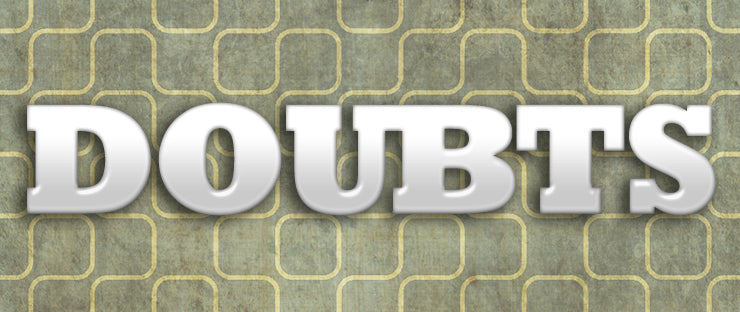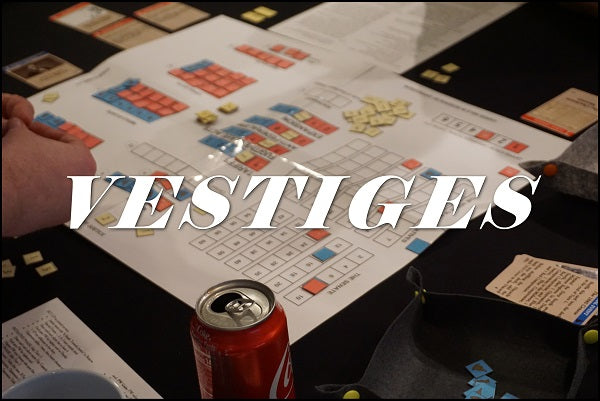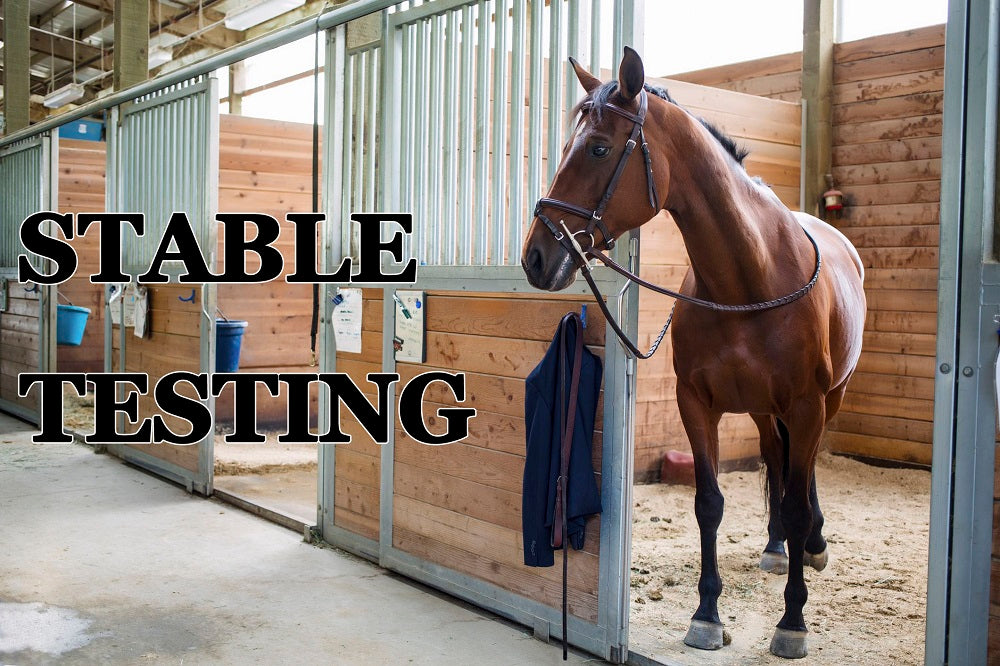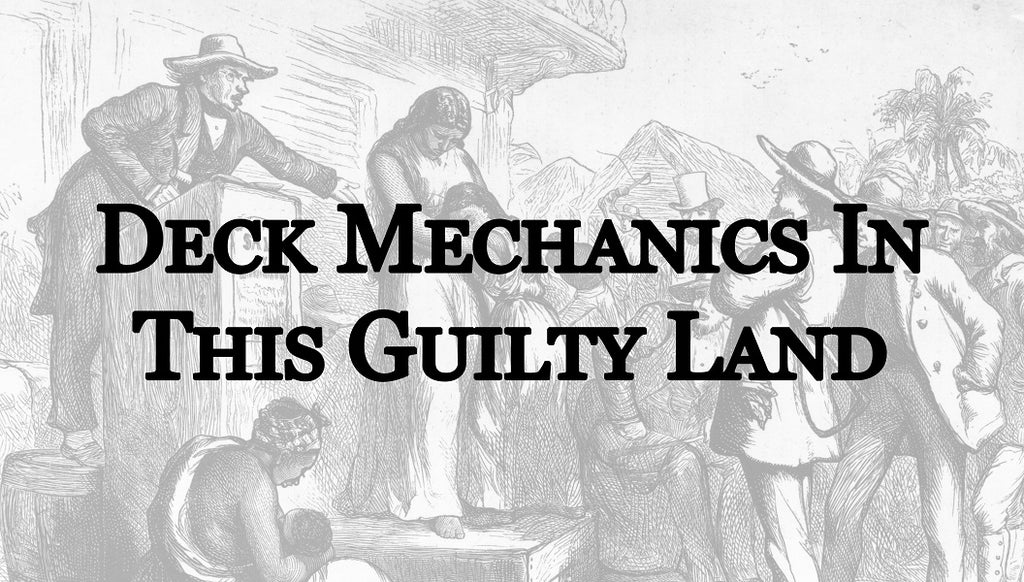Hollandazed: Thoughts, Ideas, and Miscellany — game development
ONWARDS AND UPWARDS (by Tom Russell)

No matter how much feedback you get from playtesters, it's always going to be a small fraction of the feedback you'll get from players once a game has been released. And that is as it should be; if games had more testers than purchasers, there's no way it'd be paying our bills! It's common post-release to hear things you didn't hear in testing, and for players to raise questions that you never thought of asking. And sometimes, yes, something gets missed; this is the stuff errata is made of. There are some folks, particularly within the wargames niche, that regard...
DOUBTS (by Tom Russell)

When my first few games were published, I wasn't very sure of myself, my abilities, or my judgment. I was constantly afraid that a game would come out and gamers would immediately discover some glaring and obvious hole in the rules that had somehow gotten overlooked. Then I'd be the guy who had designed a broken game. But you do enough of these things and you'll start to build up your confidence. After six years of working in the games industry, I have worked on nearly fifty games in some capacity or another, mostly as a designer or as a...
VESTIGES (by Tom Russell)

One of the core ideas of This Guilty Land is that it's a two-player game with three factions, each representing an abstract idea. One player represents Justice, their opponent Oppression, and the third, non-player faction, Compromise. Justice has blue markers and Oppression red, while the flip-side of each is used by Compromise to indicate "Compromise that leans toward Justice" and "Compromise that leans toward Oppression". One of the primary ways that Justice gets victory points is to flip blue-aligned Compromise markers to their Justice side. Both players need to contend with the fact that "their" Compromise Senators can be persuaded...
STABLE TESTING (by Tom Russell)

Today, a few brief words of advice about playtesting. Playtesting is of course the scalding hot viscera that brings these little Frankenstein monsters to life, and as might be expected by my choice of metaphor, it can be a messy, dangerous, and exhausting process. There's oodles and oodles of advice out there about how to choose testers, how to conduct tests, what to ask, with much of the advice often being contradictory. Really, you just have to find the method, or combination of methods, that will work best for you. But whichever method you choose - however you go about...
DECK MECHANICS IN THIS GUILTY LAND (by Tom Russell)

Some kind folks have expressed interest in This Guilty Land, my two player game about American politics in the forty years leading up to the American Civil War. Most know that it builds on my earlier design about Roman politics, Optimates et Populares. While that game was largely deterministic (random set-up and a once-in-a-blue-moon die-roll aside), this one has quite a bit more chaos, being powered by cards. This led at least a couple of folks to assume that the game would be similar to Twilight Struggle or 1960: The Making of the President, with alternating plays of cards either...
